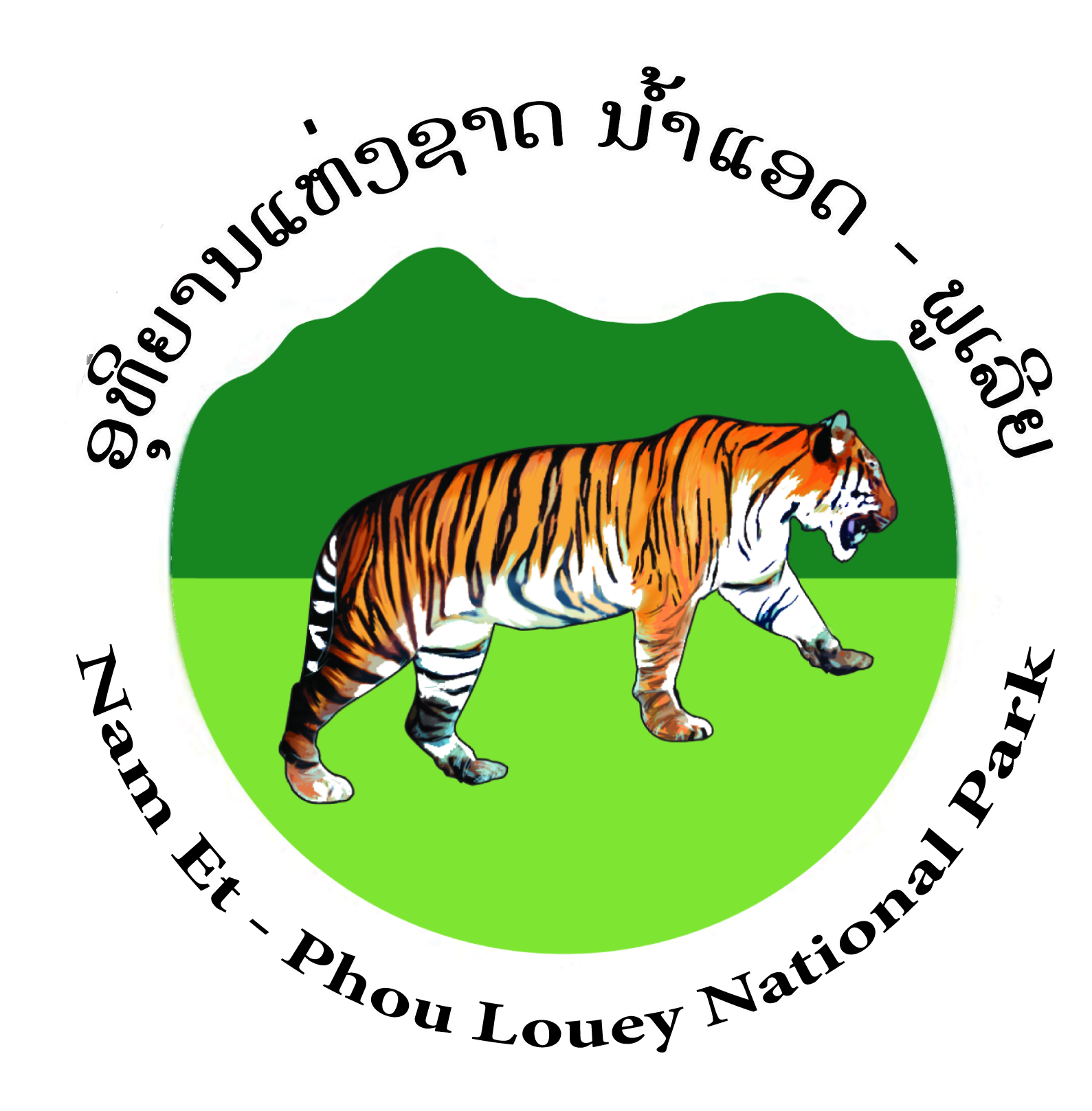Community Involvement in Wildlife Conservation
Effective and meaningful engagement with communities is a key pillar of a NPA ecotourism program. If benefits and incentives are set up effectively, then tourism development can lead to increased and diversified income and encourage conservation friendly practices at the village level. In addition to the conservation benefits that accrue directly from the ecotourism program, the stronger links and trust that can be forged with local communities can support a much wider range of PA management objectives. Ecotourism benefits for communities at NEPL are through two main activities: providing alternate livelihoods with service provider groups, and through broader community engagement under the Ecotourism Benefits Fund (EBF).
Alternate livelihoods through the service provider groups
Ecotourism service groups have been created in four villages to create employment opportunities for local people. All of the ecotourism sites, trails and infrastructure have been developed and are currently co-managed by people from these ecotourism villages in cooperation with the NEPL NPA.
Most of the service group members are former hunters, today being involved in tourism activities as guides, porters, and boatmen. Additionally women service groups are developed providing handicraft, cooking and cleaning services. Each group member has been selected through an open interview process conducted by the NPA Management Unit, with low-income families prioritized in the selection process.
In order to spread the benefits of tourism fairly in the village, each participating family is allowed to have membership in only one service group. Fees for the services offered by each group are pre-determined and agreed with villagers in the service group contract and included in the total cost of the tour. In addition to the pre-determined payments, a financial incentive based on visitor satisfaction and on encounters with wildlife (including direct sightings, animal calls, footprints, and scat) by visitors translates into a personal bonus for each of the service providers employed on the tour. All service provider wages and bonuses are distributed to the villagers just after the tour in the visitor’s presence.
In order to receive the tourism-linked benefits, all service group members and their households must adhere to the conditions of the contract. Households caught violating the regulations risk losing their position in the service groups.
Community Involvement through the Ecotourism Benefits Fund
To ensure that communities are incentivized to support conservation efforts, and also share in the benefits that ecotourism brings to the area, an Ecotourism Benefits Fund (EBF) has been introduced. Every visitor taking part in a tour contributes to the EBF as part of the total tour price. All the 26-ecotourism villages engaged in the two tourism products can receive financial benefits from the EBF.
To create a direct incentive for conservation, the NPA not only delivers to the villages a fixed amount of money for every tourist going on the tour, but an additional amount is provided depending on the numbers and type of wildlife encountered by the visitors on the tour. All visitors required to fill out a wildlife monitoring form at the end of the trip. To encourage conservation efforts, greater incentives are provided for sightings of rarer species. All collected information on seen wildlife during the tours is recorded on an online database and is further incorporated into the NPA’s wildlife-monitoring program.
In addition to these positive incentives for conservation in the ecotourism strategy design, the benefit distribution agreement also outlines disincentives for breaking the protected area’s regulations. For example, if anyone from the ecotourism villages is caught violating the agreement, then the yearly EBF of the respective individual’s village is reduced. The amount of money levied from the law breaking villages is shared equally between other villages and the benefit accumulating can begin again in the next tourism season.
The money from the EBF is calculated and distributed yearly to all ecotourism villages based on the number of households. The EBF is used to support small-scale village development activities chosen by each village by popular vote, rather than distributing cash payments. For example previously the EBF has supported a medicine bank, materials to fix and build school infrastructure and community meeting halls, improvements to the village’s water sanitation and supply, and been added to existing revolving micro-finance funds.
Additional benefits to NPA Management from Ecotourism Activities.
In addition to supporting local livelihoods, the ecotourism program can also support a range of other NPA operations and objectives. For example, the NEPL ecotourism products can directly and indirectly contribute to the following NPA programs:
• Wildlife Monitoring, including: data collection, recording, and reporting of statistics
• Natural Resource Protection and Law Enforcement, including:
– Ensuring regular and financially self-sustainable surveys of the protected area
– Identifying and communicating Illegal activities and
– Communicating protected area regulations to communities
• Education and Outreach. Disseminate knowledge to communities and visitors regarding:
– The importance of natural resource and wildlife conservation
– The local natural environment, culture and history
A well-managed and integrated ecotourism program can support the overall
management objectives of the protected area, and support the broader social
and development goals of the government.
Ecotourism Model Brief
2017 Ecotourism Model document. English & Lao language.
This brief outlines the ecotourism model implemented at the Nam Et-Phou Louey National Protected Area (NEPL NPA) in Houaphan Province, Lao PDR (Laos). The ecotourism products at NEPL NPA have been designed to create a direct link between conservation and tourism so that the money that tourists pay has a positive impact on encouraging local people to protect endangered wildlife. This is achieved through both direct employment of local people in service provider groups, and through incentives that provides benefits to a larger number of villages linked to wildlife conservation.
Click to view in full screen & download:








